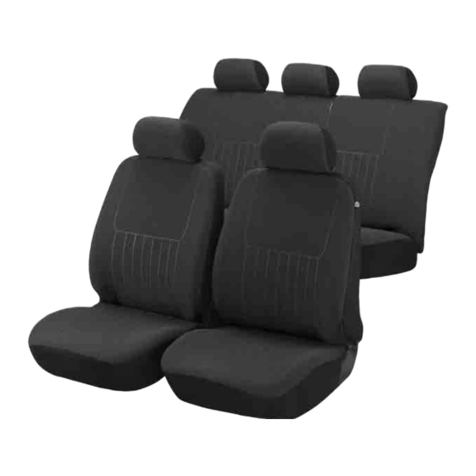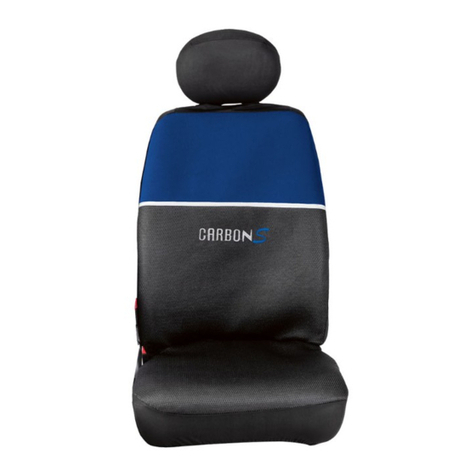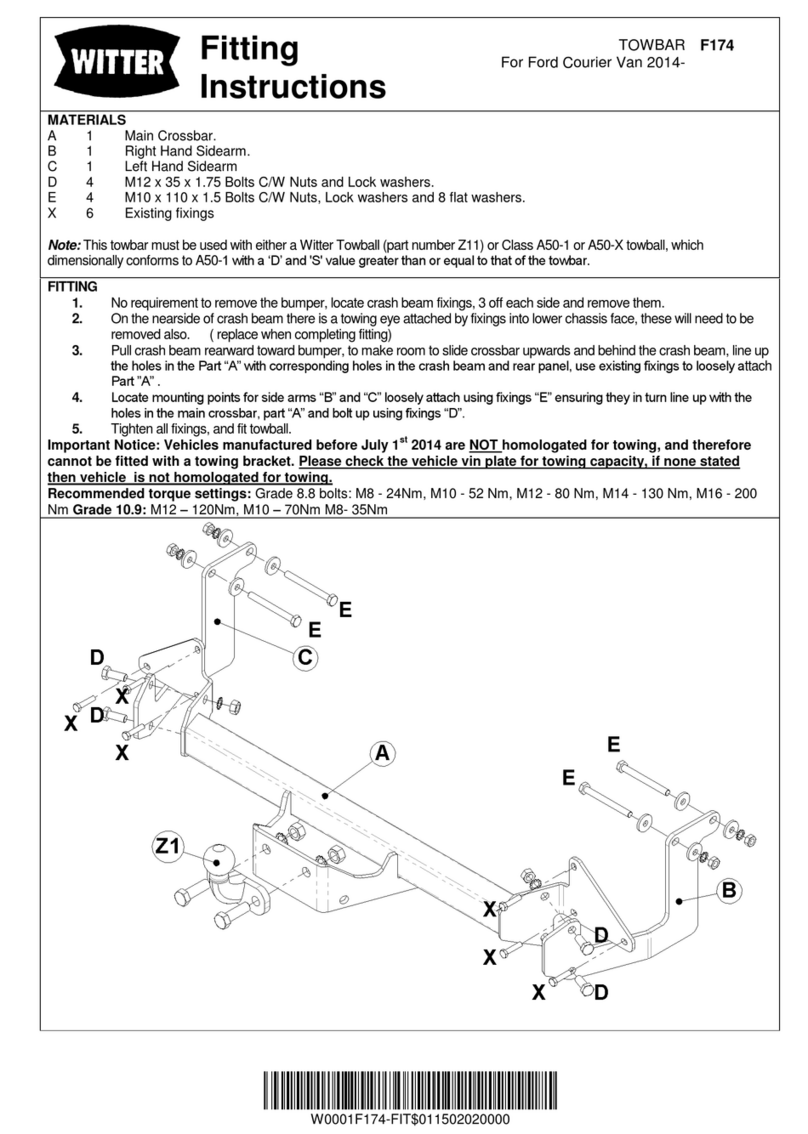
NOISY OPERATING RADIOS
The noise can be caused by one or more of the
following:
1. TIRE STATIC is caused by friction between
the tires and pavement, and is almost a
continuous roar while car is in motion, and
does not vary appreciably with car speed.
The intensity of the noise is greater on a
dry sunshiny day, and not so noticeable on
humid or rainy days. To eliminate this type
noise be sure that the front wheel static
collectors have been installed, being sure that
they are free of grease and are making good
contact to front wheel spindle. If the static
still persists, install tire static powder in
all five tires.
2. NOISY ANTENNA can be located by turning
on the radio receiver, tuning in a station and
by tapping the antenna with a scre!'¡/ driver
handle. If noisy, a crashing sound will be
heard in the radio each time you tap the
antenna. The antenna lead-in can also cause
noise in the radio if the shield is broken or
unsoldered from the ends, or if the lead-in
r¡¡ire in cable is loose or broken. This can be
checked by shaking the antenna lead-in cable.
If you can cause a crash in the radio while
shaking lead-in, replace lead-in.
3. MOTOR INTERFERENCE in Chevrolet radios
is usually caused by poor grounds when in-
stalling the antenna or receiver. Check to
make sure all required suppression material
has been installed and that aII grounds are
free of paint, grease, or rust and are tight.
4. GENERATOR INTERFERENCE is a whining
noise similar to a siren, and increases or
decreases with speed of the engine. InstaII
or replace generator condenser.
5. Delcotron Interference is a whining noise
most noticeable with the radio volume very
Iow. This noise is usually caused by a defect
in the Delcotron itself. However, in the radio
it is necessary to keep the "4" lead (battery
input) away from other leads which would pick
up noise, particularily the volume control
leads.
Procedure For Checking and Servicing Printed
Circuits
Atl stages of the 1963 Chevrolet radios use
printed circuit boards, the latest method used in
wiring electronic products. The printed circuits
reduce the possibilities of shorted or broken
wires and loose connections that the wired sets
were subject to.
The servicing of printed sircuits is not difficult
but a few precautions must be observed when
trouble develops in the component parts mounted
to the printed circuit board and repairs or re-
placements are made.
In the servicing of the printed circuit portion of
the radio, EXCESSIVE HEAT applied toanyof the
soldered terminals can cause the printed circuit
to lift from the circuit board which results in
the necessity of replacing the entire printed cir-
cuit board. A 25 to 50 Watt soldering iron is
recommended for work on the printed circuit
board. Care should be taken not to place the
soldering iron tip directly on the printed circuit
board. The iron should be placed on the lead or
terminal being soldered to the printed circuit
which will allow the heat and solder to flow down
the lead or terminal to the printed circuit.
When removing or replacing component parts
mounted on the printed circuit board, it is im-
portant that the heat be applied to the wire lead
or terminal and not directly to the printed cir-
cuit. A small wire brush is most helpful in
the removing operation. Care shouldbe exercised
not to crack or break the circuit board as any
break in the board will necessitate replacement
of the circuit board.
The printed circuit has an insulating and sealing
coat placed over the entire board after the cir-
cuits are put in place on the board, and for
any soldering that is required on the printed
stripes, the insulation must bescrapedoff - NOT
BURNED OFF with a soldering iron as it wiII
also burn the printed strip. If a portion of the
circuit on the board is broken, it can be repaired
by scraping off the insulating coating and solder-
ing a piece of wire across the break.
Resistance and
at the soldered
any soldering
make sure to
solder from the
voltage reading should be made
point on the circuit board. After
operation has been performed,
remove any loose particies of
printed circuit board.
Procedure For Checking Transistors
Transistors have a very low failure rate, how-
ever, they do fail occasionally so a transistor
checking procedure is very valuable.
The transistor which is most likely to fail is
the large power transistor called the output
transistor. This coutd cause no "Thump" to be
heard as the radio is turned on, but remember
that a defective speaker or blown fuse will also
prevent the t'Thump".
2
































